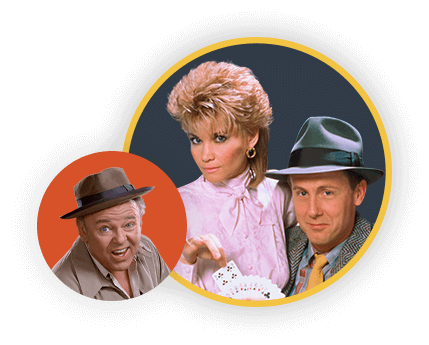Park and Shop: the most Sixties board game of all Sixties board games

After World War II, the modern America we know today started to take shape. A new middle ground between country and city living known as suburbs began to pop up around the country. Television replaced radio as the entertainment of the masses and cars, clothes and foods were suddenly available more than ever before.
While most of these trends can be traced back to the 1950s, they didn’t come to full fruition until the 1960s. The same goes for a board game that perfectly encapsulates the wonderful mundanity of that time. Simply called Park and Shop, the title says it all. Players first had to find a parking spot as a “motorist” then became a “pedestrian” walking from shop to shop trying to complete all their errands before everyone else. Of course, you didn’t win until you got back to your car and drove home. And watch out! You might get sent to jail in the process.
Far less ambitious than games like Monopoly, Life or Risk, Park and Shop still became popular during the Sixties. Sadly, the idea of running errands for fun had evidently worn off by the 1970s and it was discontinued.
The game’s initial development is far more interesting than the title and premise might suggest. It was essentially created as a publicity stunt.
“Park & Shop” was a concept the city of Allentown, Pennsylvania, implemented after the war to revitalize its downtown district. Oodles of parking, including demolishing old buildings to create new lots, plus stores that validated so their customers parked for free, encouraged shopping as a pastime instead of just a necessary trip.
To promote the new concept, the city of Allentown commissioned a board game that literally took players through the entire process. First released in 1952, both Park and Shop the game and Park & Shop the concept took off and spread across the country.
By 1954, major board game manufacturer Milton Bradley took notice and bought the rights to the game. The company changed the layout to make it more generic (the original version was based closely on Allentown’s geography) and introduced new hazards like parking tickets.
The most popular version of the game was introduced in 1960. It featured new graphics and stores but kept finding a parking space, shopping for goods, returning to your car and driving home as the main premise. What it lacked in originality it certainly made up for in relatability. It perfectly captured midcentury feelings about modern society and economics which makes it quite possibly the most Sixties board game ever.
Did you ever enjoy the simple pleasures of playing Park and Shop?





